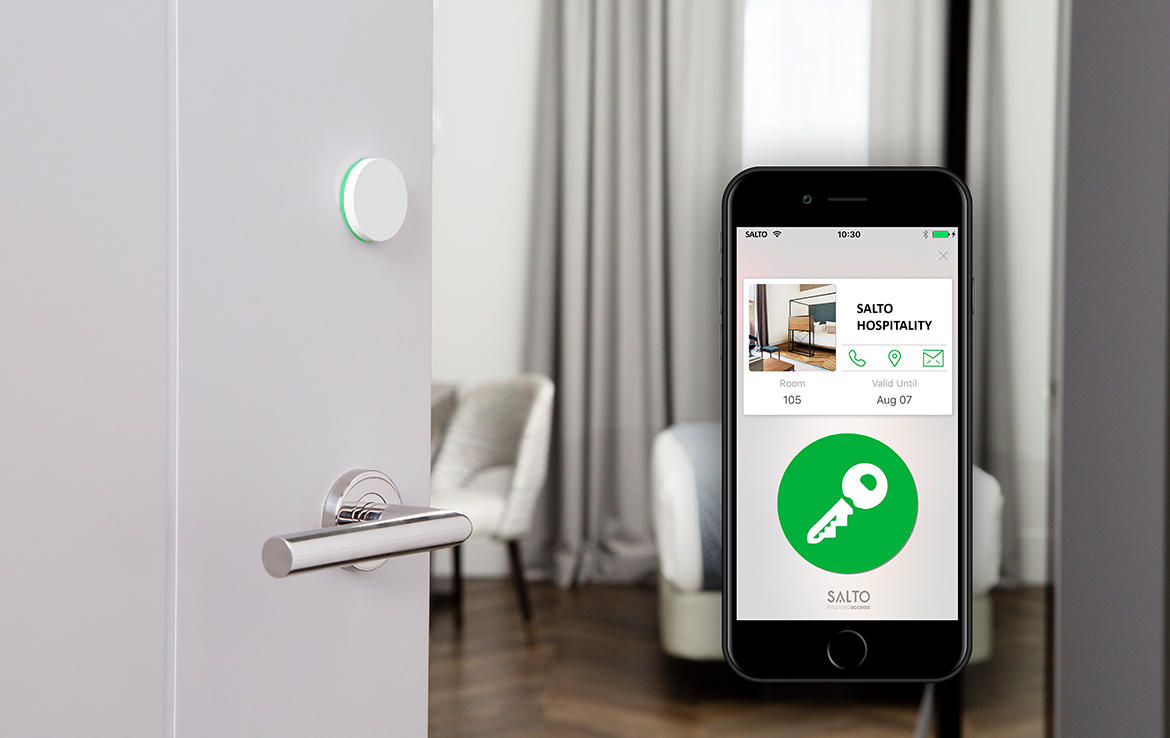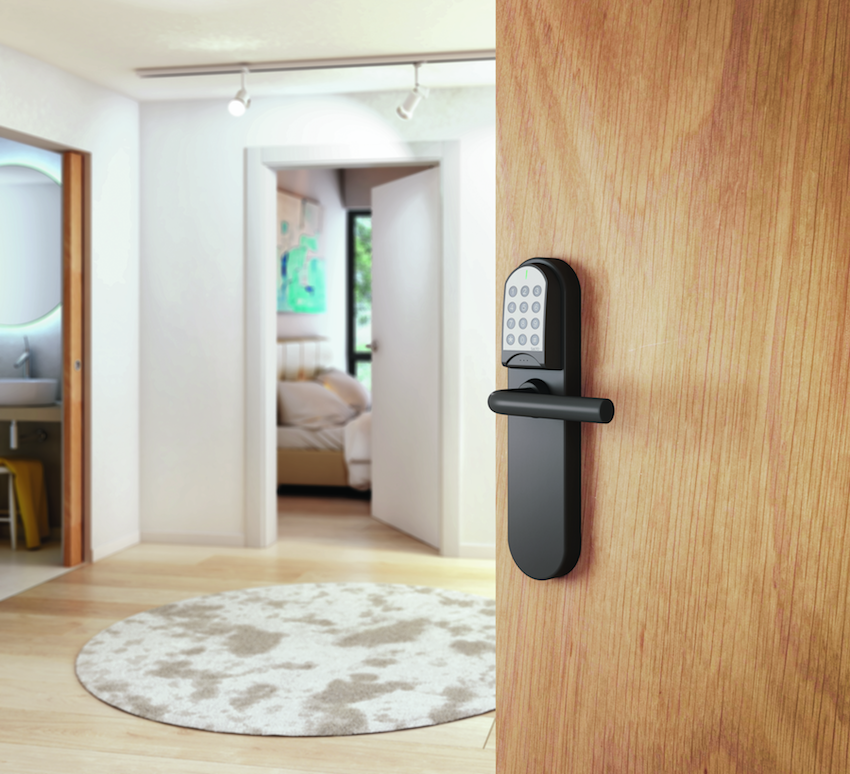Build-to-Rent, Co-Living: Developers Changing the Game with Technology
One of the current transformations in the accommodation market is the emergence of build-to-rent and co-living property developments.
Fuelled by the lack of housing affordability, credit conditions for first home buyers, and changing lifestyles, build-to-rent and co-living developments provide city living alternatives, and is also an attractive investment opportunity for developers.
When operated as automated self-managed properties, build-to-rent accommodation and co-living are increasingly interesting business models.
It’s a model that offers attractive benefits to developers and operators, but also has demanding management requirements if it’s to be a profitable enterprise.

Build for purpose, build for efficiency
The growth of co-living and build-to-rent accommodation highlights a long-standing issue in property development. And that's understanding the purpose of a building, from design and specification stage as essential for a solid return on investment.
This is true with specialised properties like self-managed accommodation, with its demanding security, access and centralised management requirements.
Security and a flexible access control system is a high priority for these properties.
Tenants, contractors and maintenance teams may need to be granted access for a period of time or on-demand—even if properties are largely unstaffed out-of-hours.
So operators need to ensure easy access to shared spaces, and tightly controlled entry into private rooms, as well as the ability to lockdown common areas when required.
But by contrast, the typical development scenario is that the building is often designed by consulting engineers, to a generalised operating brief.
By the time the builder gets the specification and passes it onto the electrical and security subcontractors, it can be unclear or even contradictory.
Add to that the fact tenders are geared towards favouring the lowest CapEx, not OpEx, it’s easy to see how buildings end up with systems that are not aligned with their primary purpose.
In terms of access this might mean that a resident needs to use multiple credentials to access different parts of the building managed by distinct security systems, for example.
It might mean needing to have staff on-site rather than being able to manage the facility remotely.
Technology is changing the game: Capex vs OpEx
For developers with a long term vision, specifying systems that support and enable the building’s purpose can make savings and increase profit.
The right systems can reduce operational costs, streamline management processes, improve tenant experience and have a big impact on the overall return on investment.
Those who research the rapidly evolving technology innovations in access management are reaping the rewards of long term competitive advantage and brand differentiation.

Customer service through cloud-based access control
But what are these tech-innovations, and what benefits do they drive for smart developers?
SALTO is one of the world’s leading manufacturers of wireless access control, and the solutions they have developed provide all these features, and more:
Wireless online systems: wireless (battery-operated) electronic locks have a much lower operating cost than electrically powered doors. Bluetooth low energy wireless protocol connects them via an IoT device to a central cloud-based management system for real-time remote management, visibility and control - including remote opening and battery status.
Mobile key (pin and fob access): if less human contact is to become the norm post Covid-19, a mobile key can be sent to tenants via their mobile phone, which becomes the ‘key’ for access. The encrypted mobile key stores all the user’s access privileges and restrictions, and the key (or a PIN code) can be sent instantly, limiting personal contact during the check-in and check-out time process.
Check-in and check-out: cloud electronic access can be linked to third party booking systems. The fob, mobile key or PIN code access can be programmed with a defined time frame, automatically rejecting access after expiry. This revolutionises the management of key programming for automated self-managed properties, freeing up new tenants to move in at any time of the day.
Self-management: with SALTO KS Pod, building managers can now create a small independent group of access points for each accommodation unit, giving the residents the unique experience to grant access to their own guests and visitors.
Door usage reporting: operators can generate reports showing doors that have been accessed for a certain period of time, triggering an alert if a door was forced or left open too long. It can even indicate when lock batteries need replacing before they go flat.
Remote management of multiple properties—cloud networked locks and mobile keys, connected to a centralised cloud system and user interface (web and mobile app) allows remote building management without the need for on-site staff. Access to maintenance operators can also simply be given on-the-go when required.
Cloud API Interface and Data analytics: third party co-living, facilities or living as a service management software platforms can integrate functionalities of the smart lock solution into their own mobile applications. Cloud-based electronic access control (EAC) systems and mobile apps capture data which gives invaluable insights into tenant usage. This gives operators additional opportunities to engage with their tenants, offering services that could potentially optimise their return on investment and increase the viability of the development.
More than just a door lock
Electronic access systems are much more than just door locks.
They are management systems designed to enhance the user’s experience of the building, making it easier and more cost effective to manage a property with minimal on-site intervention.
With thought at the planning and design stage, developers can plan their access systems to meet the requirements of the co-living and build-to-rent market and make an impact on living experience, a tenant's length of stay, data analytics, differentiation and management. All of which means increased yields, the goal of every operator and developer.
SALTO offers keyless, wireless access control solutions designed to provide comprehensive 24-7 access for your entire property.
For more information please click here.
Cedric Duigou is a specialist in electronic access systems for hospitality and accommodation developments with SALTO Systems.
The Urban Developer is proud to partner with Salto Systems to deliver this article to you. In doing so, we can continue to publish our free daily news, information, insights and opinion to you, our valued readers.














